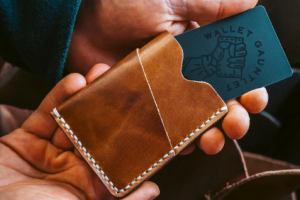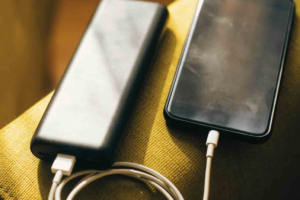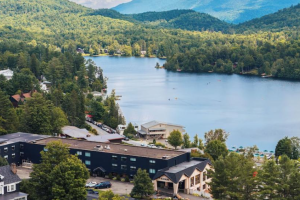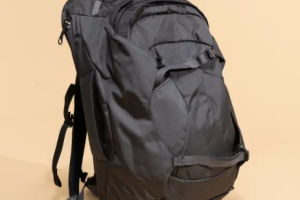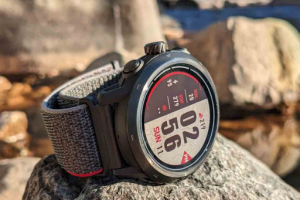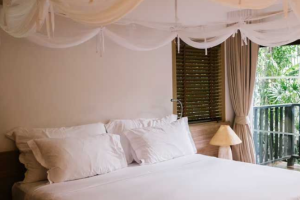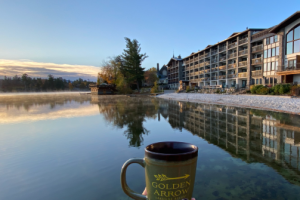Botswana is one of those destinations that often doesn’t make it to the top of many travelers’ lists, but it definitely should. This country, tucked in the heart of southern Africa, is filled with natural wonders, wildlife, and unique cultural experiences. After visiting, I found myself completely captivated by its beauty and charm. If you’re looking for reasons to visit, these fun facts about Botswana might just inspire your next adventure.
My Personal Highlights
Here are some of the unforgettable experiences I had during my time in Botswana:
- A tour led by a San guide, showing us traditional ways of life and fire-making techniques.
- Gliding through the Okavango Delta in a small boat, spotting hippos along the way.
- A mokoro boat ride through the tranquil waterways of the Okavango Delta.
- A helicopter flight over the Delta, offering breathtaking aerial views.
- Witnessing my first leopard in Moremi Game Reserve.
- Observing an African wild dog devouring an impala’s head right in front of us.
- Watching baby hyenas greet their mother.
- Experiencing an incredible lightning storm over the Makgadikgadi Salt Pans.
Basic Facts About Botswana
Before we get to the fun facts, here are a few key details about Botswana:
- Botswana is landlocked, bordered by Zimbabwe, Namibia, Zambia, and South Africa.
- With a population of just 2.4 million, it’s a sparsely populated country, about the same size as France.
- It gained independence from Britain in 1966 and is now one of the most stable and democratic countries in Africa.
- The capital city is Gaborone.
- English is the official language, though Setswana is widely spoken.
27 Fun Facts About Botswana
Now let’s dive into the more exciting and fascinating facts that make Botswana such a special place to visit.
- Kalahari Desert: Roughly 70% of Botswana is covered by the Kalahari Desert, one of the world’s largest and most arid regions.
- Early Human Habitation: Early humans have lived in Botswana for at least 400,000 years, and modern humans have been around for over 73,000 years.
- Olympic Achievement: Botswana earned its first Olympic medal in 2012, with Nijel Amos winning silver in the 800 meters.
- Makgadikgadi Pan: This vast salt flat is one of the largest in the world and is believed to be the place where Homo Sapiens first evolved about 200,000 years ago.
- Symbolism in the Flag: The black and white bands on Botswana’s flag represent the country’s diverse population and commitment to racial harmony.
- National Animal: The zebra is the national animal, its black and white stripes symbolizing the unity of different races.
- Elephant Population: Botswana is home to roughly 130,000 elephants, with about 50,000 residing in Chobe National Park.
- Currency Meaning: The national currency, Pula, translates to “rain” in Setswana—a vital symbol in a country where rainfall is precious.
- Conservation Efforts: Almost half (45%) of Botswana’s land area is dedicated to national parks and wildlife reserves, making it a top destination for eco-tourism.
- Diamond Production: Botswana is one of the world’s leading diamond producers, contributing to 20% of global production, second only to Russia.
- National Bird: The Kori Bustard, the largest flying bird in Africa, is Botswana’s national bird.
- Border with Zambia: Botswana and Zambia share one of the world’s shortest borders, measuring only 150 meters.
- Desert Ecosystems: Despite its desert landscape, Botswana supports diverse ecosystems, including vast wetlands, savannahs, and forests.
Fun Facts About the Okavango Delta
The Okavango Delta is one of Botswana’s most famous and ecologically significant landmarks. Here are some interesting details about this incredible region:
- Unique Delta: Unlike most deltas, the Okavango does not drain into a sea or ocean. Instead, it forms an inland delta, creating an oasis in the Kalahari Desert.
- Seven Natural Wonders: The Okavango Delta is one of Africa’s Seven Natural Wonders, known for its rich wildlife and unique landscape.
- Termite Mounds: Over 70% of the islands in the Okavango Delta began as termite mounds, now covered by vegetation and wildlife.
- Chief’s Island: The largest island in the Delta, Chief’s Island, was formed by a fault line, creating its distinctive topography.
- The Big Five: The Okavango is a prime spot for spotting Africa’s Big Five—lion, leopard, elephant, buffalo, and rhino.
- Birdwatcher’s Paradise: Over 400 bird species can be found in the Okavango, including the majestic African Fish Eagle.
- Fish Diversity: There are 71 species of fish in the Delta, with some growing as long as 1.4 meters.
- Mokoro Rides: Traditional mokoro (canoe-like) boat rides are a popular way to explore the Delta, offering an intimate experience with the wildlife.
Conclusion
Botswana is a country full of surprises, from its rich cultural heritage to its awe-inspiring natural landscapes. Whether you’re exploring the Okavango Delta or spotting elephants in Chobe National Park, there’s no shortage of adventure to be had. With its focus on conservation and eco-tourism, Botswana is the perfect destination for nature lovers, wildlife enthusiasts, and anyone looking to experience the raw beauty of Africa.
Which fact about Botswana did you find the most surprising? Let me know in the comments!



